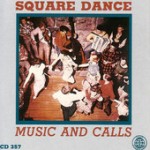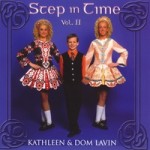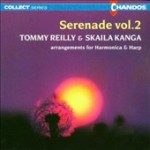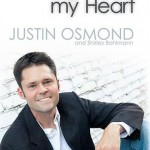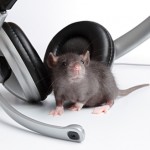 (Image from this article.)
(Image from this article.)
My eyes and ears are constantly on the lookout for information about the influence of music on people. When I was in a Suzuki violin teacher training several years ago, I was given a reprint of an article published in Scholastic Magazine, an educational magazine for children distributed in schools across America. Unfortunately, the article did not have a citation. I’m big on accurate research and look for citations.
So today, after reading an article about mice and music in another magazine, I searched on the internet for the study about which I had formerly read. I found a description of the study in several places, but this post had the most information about the experiment.
Beginning in 1996, David Merrill, a high school student in Virginia, performed two lengthy experiments. He took 3 groups of mice: one that listened to classical music, a second that listened to hard rock (Anthrax), and a third that was not exposed to any music. The group that listened to classical music fared the best in the maze timings, the silence group scored second best, and the hard rock group killed each other. He had to end the experiment the first year because he ended up with only one mouse alive in the hard rock group.
The second year he performed the experiment, he put the mice in their own aquariums to keep them separate, so they couldn’t kill one another. The first group listened only to Mozart, the second group to Anthrax, and the third group to no music. Again, the Mozart and no music group improved their times, while the hard rock music group took 20 times as long to complete the maze.
(Here is another brief description of Merrill’s experiment, along with some other videos related to music/animal experiments. Fascinating.)
Today I read another article that cited a study made on mice and music. The article states,
“Two researchers explored this relationship by studying the effects of music and rhythm on the nervous system of mice. For eight weeks, one group of mice constantly listened to Strauss waltzes (highly organized and orderly music), while a second heard disharmonious sounds in the form of continuous drumbeats. A third group was raised in silence.
“After eight weeks, the mice were placed in a maze to find food. The mice in the second group wandered off with no sense of direction–’a clear indication they were having trouble learning’–and took much longer to find the food than they had at the beginning of the study. The mice exposed ‘to discordant sounds not only developed difficulties in learning and memory, …but they also incurred structural changes in their brain cells.’ The researchers diagnosis is very interesting: ‘We believe that the mice were trying to compensate for this constant bombardment of disharmonic noise….They were struggling against the chaos.'”
While I couldn’t find the original study online, I did find another summary here.
Beat, rhythm, volume, and harmonies all affect our brains, which in turn affects our bodies. Some kinds of music that is disharmonious and has a heavy beat or certain kinds of repeating rhythms apparently affect our brains and bodies negatively.
It helps to know that what we put into our brains and bodies affects us, and to better understand how it affects us, so that we can choose the music that helps us, and the children around us, to be healthier, happier, and kinder.


